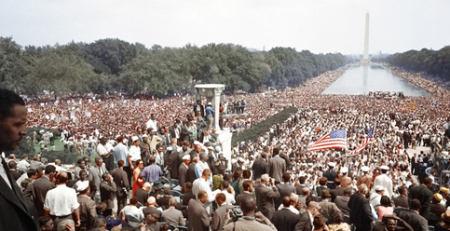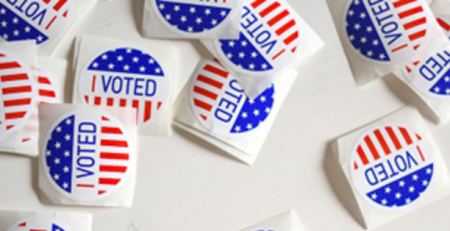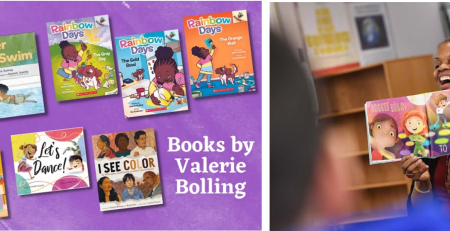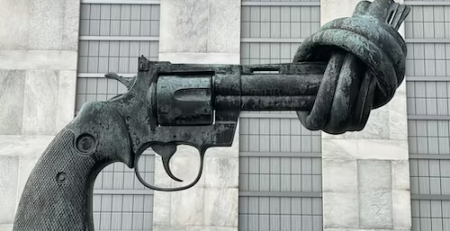Hip-Hop Turns 50.
Hip-hop just turned 50. Born in 1973 when an 18-year-old DJ performed at a party, sampling songs and beats on two turntables so that the music never stopped. It was expected to be a fad, created by young people. In the early 80’s, my boyfriend from New York City was a DJ scratching and mixing on the college campus radio, back when we recorded songs on cassette tapes. I memorized the lyrics to Sugar Hill’s Rappers Delight and loved the sounds of scratching and sampling. But I wasn’t really a fan. What I truly loved was R&B. Earth Wind & Fire, Parliament Funkadelic, Chaka Khan, Keith Sweat and the Isley Brothers. And of course, Stevie Wonder. In my mind, hip-hop was street, and street was something I simply couldn’t embrace. It wasn’t something that could define me. Moreover, I was living in Massachusetts, and there was no black radio station. In fact, there were no enclaves of black people outside of Roxbury and Dorchester in Boston, and the millionaire black resort town of Oak Bluffs on Martha’s Vineyard at the tip of the state. No black radio meant no hip-hop. No hip-hop meant no connection. And I was there for 8 years. I knew Salt n’ Pepa’s Push It because it went mainstream, but that was it. Looking back, I can see that I missed out on a movement and an art form.
Hip-hop is a culture defined by 4 elements:
- emceeing – or rhyming over samples and beats,
- deejaying – or playing continuous music on two turntables,
- b-boying/break dancing – expressing yourself through physical movement, an
- graffiti – artistic expression through spray paint.
And I couldn’t appreciate any of them. No, I loved deejaying – the way music was played continuously, and songs smoothly melted one into the other because the tracks were sped up or slowed down on the turntable. And I have always loved dance, so watching men spin, turn and flip with breakdancing enchanted me. But the artistic nature of graffiti escaped me, and I saw it as vandalism. And when hip-hop stopped sampling music and turned to electronic beats, I – who grew up with orchestras and bands – lamented the loss of \”true music\”. When gansta rap became popular and \”niggah\” showed up in music, I had to turn it off.
So, I missed out on an element of African-American culture that is defining and dominant – has been since the 1980’s. I think it’s time for me to catch up. Listen to sweet beats, check out beautiful art, and get in touch with 50 years of hip-hop. Before it’s too late.











Comments (3)
Very interesting details you have noted, appreciate it for posting.Blog money
… [Trackback]
[…] Here you will find 93397 additional Information on that Topic: afrobougieblues.com/hip-hop-turns-50/ […]
… [Trackback]
[…] Here you can find 55820 additional Information to that Topic: afrobougieblues.com/hip-hop-turns-50/ […]